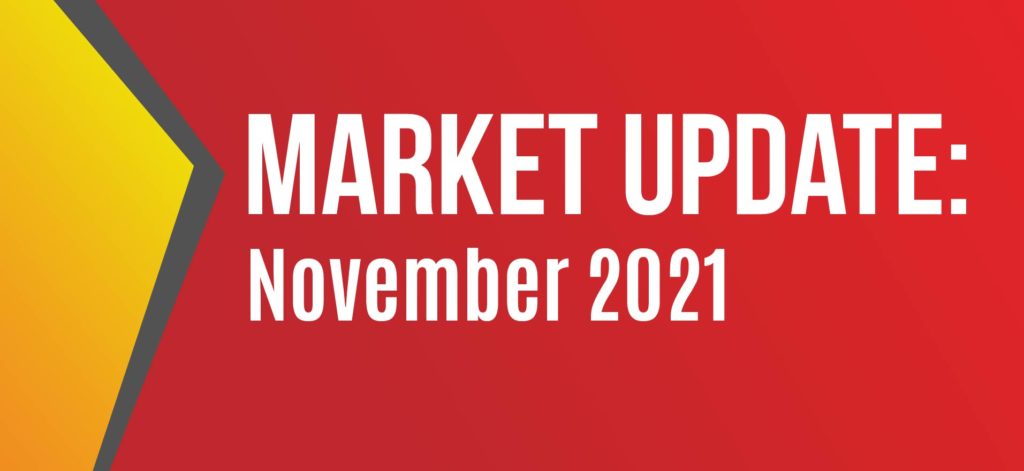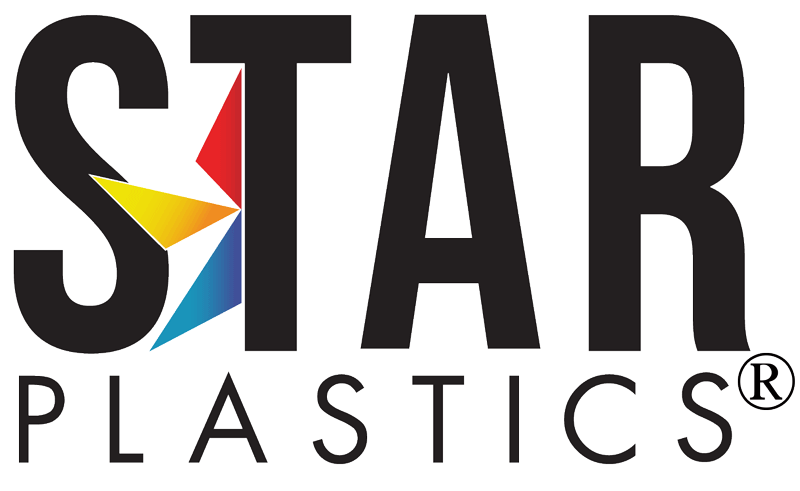News
November Plastic Market Update

Engineering Resins still on the Rise
Engineering resin prices continue to rise due to the multiple ongoing supply chain issues. Since June, regional prices for nylon 6 and nylon 6/6 are up an average of 35 cents per pound, with prices for acetal up 30 cents, polycarbonate up 25 cents and ABS up 20 cents. Strong demand, delivery challenges and high shipping costs have driven prices higher, and these challenges look to continue into 2022.
Looking forward, we also have shutdowns of China’s plants to contend with starting 1/14/22 through 2/24/22. From the Chinese New Year (1/30-2/6) and the upcoming Olympics (2/4-2/24), on top of extra days of mandated shut downs by the Chinese Government (1/15 – 1/29), production will be shut down the entire time.
PC
IHS reported out that North American PC pricing is ‘flat’ at $1.95, with November’s cash cost expected to remain stable heading into the new year.
Sabic recently announced an increase of about 35 cpp for PC FR’s and PC alloys, while Covestro also announced increase of 10 cpp for PC, 15 cpp for PCABS alloys, and 20 cpp for FR PCABS alloys and PC/Polyester alloys. This has been attributed to the strong demand of PC with increasing pressure on international and domestic shipping, as well as constraints on raw materials.
We also saw the cash cost as a factor in finished goods pricing. Benzene, a precursor to PC, saw the start of stabilization in supply in October, but the concern of supply reductions of imports at the end of the year still lingers. Propylene, the other precursor to PC, saw stable supply and weaker demand, helping the industry add to inventories for the first time in 2021. These two factors should lead to reduction in pricing looking forward, but that has yet to be seen.
Overall, PC supply has begun to improve as we move towards the end of the year and expected to reach the highest levels in the last 3 years. At the same time, we’ll see fewer imports as Asia becomes more self-sustainable, as well as North America PC remaining here instead of being exported.
PC backlogs from the majors are expected to come down Q1-2022, with the hope that lead-times come back to the normal 2-6 weeks vs the current 18-20 weeks.
ABS
North American ABS pricing has also been flat. Sabic announced an increase of about 35 cpp for FR ABS resins as well due to supply/demand dynamics, causing inflationary pressure on FR market segments in the industry.
Benzene is also a precursor to ABS, so the same stabilization with lingering supply concern is there, but Acrylonitrile, another ingredient to ABS, has turned the corner on the supply/demand balance.
Overall, supply is tight with lead times running 20 weeks, with ABS production in scheduled maintenance, shorting production. The delayed maintenance has reduced running rates in North America to about 78%, though we should see it return to the 90% range early 2022. With inventory depleted even with a full output (90%) and record imports, the shortage is expected to run through Q2-2022, making pricing hold as is through Q1-22 into Q2-22.
Nylon
This month, North American nylon 6 shifted up 5 cpp, and nylon 66 up 14 cpp. Dupont lifted their 9-month FM in October, and the overall market outlook have cash costs for nylon 6 doubled in 1 year and up 31 cpp YTD. Supply for 6/6 remains tight as demand is ahead of supply and with cash costs increasing 50 cpp year over year.
Additional price increases for both nylons are expected by the end of the year, with demand still high. Glass fiber and FR shortages for both nylon 6 and nylon 6/6 will also be a challenge for the market coming into 2022.
Other Price Factors
Additives on the whole are continuing to experience price pressure, with a 30% increase being seen for mold release and 20%-25% for FR.
California docks are seeing significant progress with the supply chain backlog. The Long Beach and Los Angeles, which account for 40% of sea freight entering the US, are working around the clock to offload containers. Since the announcement of new fees by the California twin ports, which have yet to be imposed, have both ports’ lingering containers reduced by 33%. While there are still around 60 ships off the CA coast to be unloaded, this is a big reduction when compared to the record 111 ships just two weeks ago.
You are our valued partner, and Star Plastics appreciates and values your business. Please email us at Sales@StarPlastics.com or contact your local Star Plastics representative if you have any questions.



